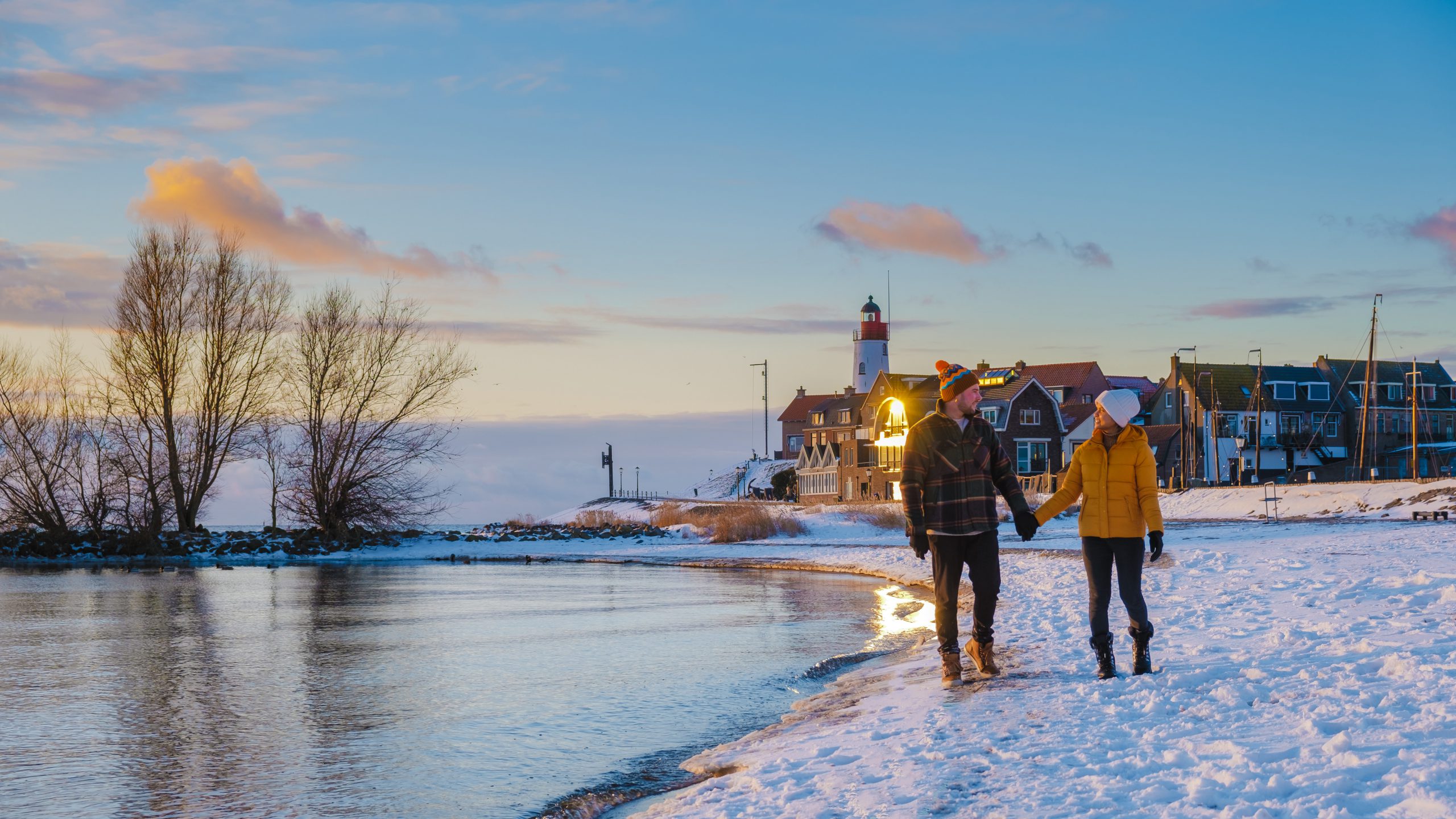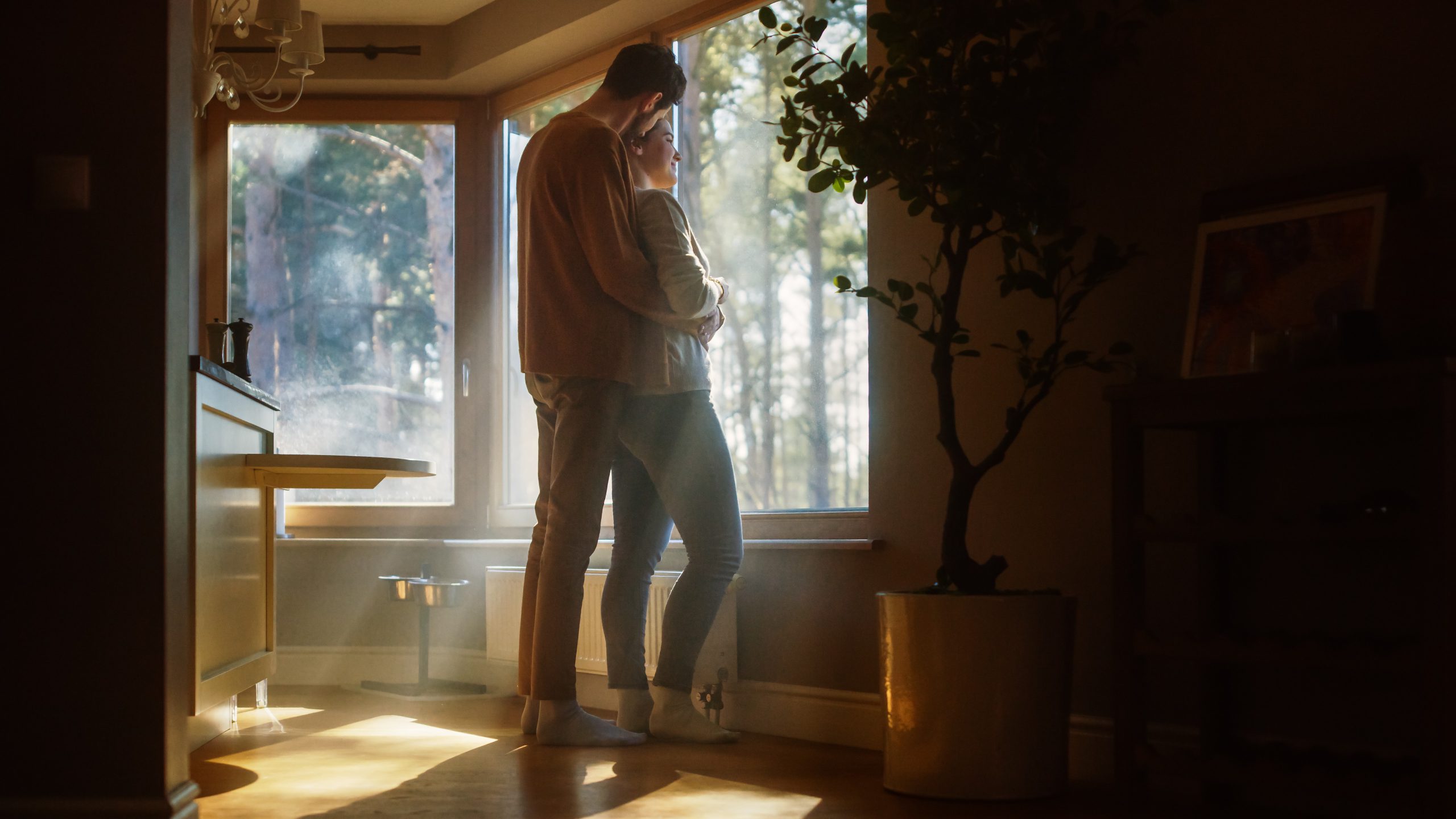Going into “The Last Days of the Space Age,” I admit I didn’t know much about 1970s Australia. But honestly, great TV doesn’t require a deep understanding of its setting, historical or not, to work. I knew far less about feudal Japan when I started “Shōgun,” and it completely transported me. In fact, part of the reason TV (and narrative fiction as a whole) is so powerful is that it can serve as a window to different places, times, and cultures, helping us see our common humanities and our differences. Great TV even shapes our understanding of history and ourselves.
But alas, “The Last Days of the Space Age” is not great TV. It’s not even good. Now, I’ve only seen the four (of eight episodes) made available to critics. So it’s possible the back half is completely transformative.
Based on the first half, though, I unhappily report that there’s nothing here to root for. “The Last Days of the Space Age” sets up a lot of characters–and I mean a lot–but centers the least compelling of their bunch. Meet the Bissetts: Father Tony (Jesse Spencer) is a factory worker and union leader who’s been on strike for six months; wife Judy (Radha Mitchell, doing the best she can) works in management at the same plant, and yes, she breaks the picket line every single day to go to work. But we’re supposed to take her side, despite her regularly telling her husband to man up and provide. It is confounding. There are other jobs! Go get them! Also, strict gender norms do not a feminist make.
They have two teenage daughters, one pretty and free, the other smart and plain. The supposedly plain one Tilly (Mackenzie Mazur) wants to be an astronaut (hence the title), organizing her whole life around it. Still, her guidance counselor discourages her, and her best friend Jono (Aidan Du Chiem) tells her she’s on her own in the first episode. She persists–until one woman tells her it’s not possible and then Tilly throws out all her space stuff. Why? What makes this setback different? Unknown.
Meanwhile, free spirit Mia (Emily Grant) loves to surf, kisses her sister’s best friend, and fights back against the boys/young men who would take her waves. Don’t worry–she gets punished for it. Feel free to roll your eyes.
These frustrating four are the center of the show and their trite and frankly, objectionable plotlines at least splinter into potentially interesting supporting characters.
Take the Vietnamese family who runs a food truck in the West Australian city of Perth. We see them dealing with micro (and full-sized) aggression from the European descendants who surround them. Elder son Jono is the Bissett daughters’ best friend/love interest. It appears like his younger brother died, but then we learn that maybe he’s still alive. But what was the circumstance that led them to immigrate? Was the experience of being separated from (or losing) children common for people who made their journey? What is even happening here? “The Last Days of the Space Age” gives no context, so you’ll have to Google it. And with so little time spent on them, their potentially emotional weighty story gets no weight. “The Last Days of the Space Age” is instead busy finding Judy’s struggle to bake and hold down an office job more compelling.

I guess Australia in 1979 also hosted Miss Universe, which the show portrays as simultaneously a big deal and yet also extremely accessible to everyone in Perth, with, for example, Mia and friends crashing the beauty queens’ party. Inexplicably, “The Last Days of the Space Age” makes Miss USSR (Ines English) a central character (or as central as anyone is in this show). We see her get doused in a red liquid, navigate the intra-contest politics between contestants, and flex her power as she liaises with Tony’s gay brother Mick (George Mason, at least having fun with it). Why, I do not know. Is this woman of some importance? What makes her better or worse than the other contestants? Maybe she’ll help Mick get some economic success, but again, why and who cares?
Are you lost yet? Because there’s a whole other plot and set of characters! Meet Eileen (Deborah Mailman). She lives next door to the Bissetts and is having a secret affair with Judy’s father (Iain Glen), although since neither of them is married, the reason why they’re keeping it secret is unclear. It could be because he’s white and she’s Aborigine. But maybe race isn’t the reason–maybe they’re just worried about small-town gossip (is Perth a small town?). There are so many answered questions. Eileen’s activist daughter has a teenage son (the same age as the Bissett girls) and Eileen insists he come live with her and go to school instead of traveling the country, protesting. The boy (Thomas Weatherall) gets racially profiled on his first day of school (by the cop who also lives next to the Bissetts) and eventually, conscripts said cop’s daughter to his worldview. As such, he and Eileen would have worked better as the center of this show, as they traverse race and class barriers and have a better understanding of the systems moving around them.
But alas, we’re stuck with the confounding white family who are each more type than person. It’s like the show, with its land acknowledgment in the credits, has decided to have diversity for diversity’s sake. But it never lets its non-white characters take center stage, despite their perspectives and experiences appearing vastly more compelling.
And that’s where “The Last Days of the Space Age” really fails, trying to have its cake and eat it too. This is a show where all but one of our teenagers live next door to each other in the type of TV magic that stretches plausibility. The whole thing is an overly manufactured mess. Yes, the characters are all part of the same social set but how (or if) their struggles interconnect is entirely opaque. “The Last Days of the Space Age” is going for a slice-of-life vibe, but it fails at transporting the audience to that slice. This is a show with nothing to say, hoping its vast array of characters (and nifty period costumes) will somehow distract you from noticing.
Four episodes screened for review. It premieres on Hulu on October 2nd.




